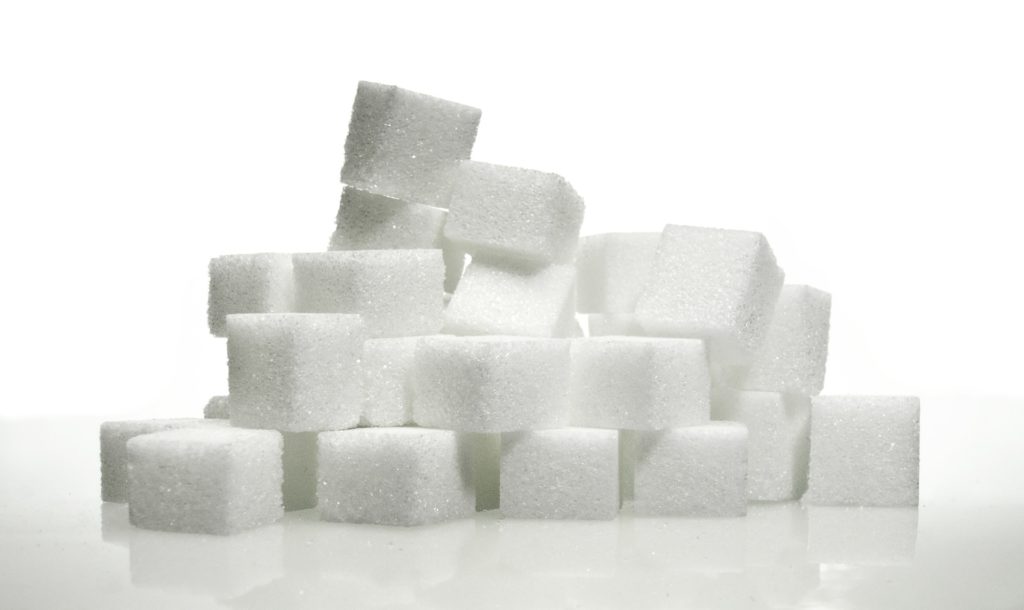Nestlé is planning to reduce the amount of sugar, salt and saturated fats in its products more than it already has. Since 2000, the Swiss company has cut sugar by 30 percent, but now plans to reduce sugar by 5 percent more than that. Salt was reduced by 20 percent since 2005, with the goal now to reduce an additional 10 percent; this is so it will meet the suggested levels by the World Health Organization. Along with these goals, they also want to reduce saturated fats by 10 percent to complete their commitment taken in 2014.
The company can’t ignore the health shift in consumer preferences. Trying to improve the image and nutritional content of their packaged foods will keep Nestlé from being beaten out by its rivals.
“The trend towards healthier foods is to be observed worldwide,” Mark Schneider, Chief Executive Officer of Nestlé, told journalists.
Consumers tend to see processed food as unhealthy, so Nestlé is faced with finding a way to make their manufacturing process and food labels clean and transparent in order to stay appealing to their customers. On top of these reduction tactics, there is one big concern – taste. If sugars and saturated fats are reduced, that means that the products’ sweetness would change. However, Nestlé claims to have engineered a natural way to allow manufactured products to have reduced sugar but not reduced taste. An example of one of these reformulated products was the Milky Bar launched this year with 30 percent less sugar. Being able to sell its sweets as healthier versions, and with less sugar, is key to staying leveled or maybe even ahead of competitors.
Not only is Nestlé generally trying to make its products healthier and more appealing to consumers, but also to their children. Nestlé explains that there were over 1,000 new products launched last year so that the nutritional needs of children were met. “Nestlé for Healthier Kids” is a campaign that includes programs and online services so parents can be educated on what their children should eat.
In 2016, a study showed that 53 percent of consumers from ages 18-34 wanted to change their eating habits by 2017. Other findings found that millennial’s concerns about healthy eating was trend-based.
The drive to be healthier is evident in consumers worldwide, as noted by Schneider, but are these cuts by Nestlé helpful? According to Harvard Health, the human body needs less than one gram of sodium a day, which is under half a teaspoon of table salt. On top of that, having a high- sodium diet can lower bone density. The reduction of sugar and salt is definitely beneficial.
If Nestlé can maintain its products’ iconic taste and be healthier for today’s informed consumers, it will definitely keep its spot on the grocery store shelves for longer.












Join or login to leave a comment
JOIN LOGIN